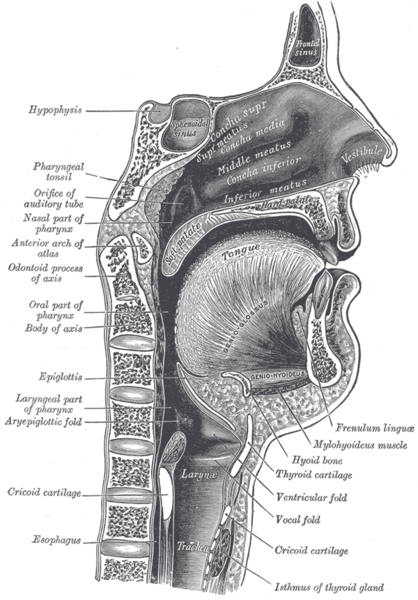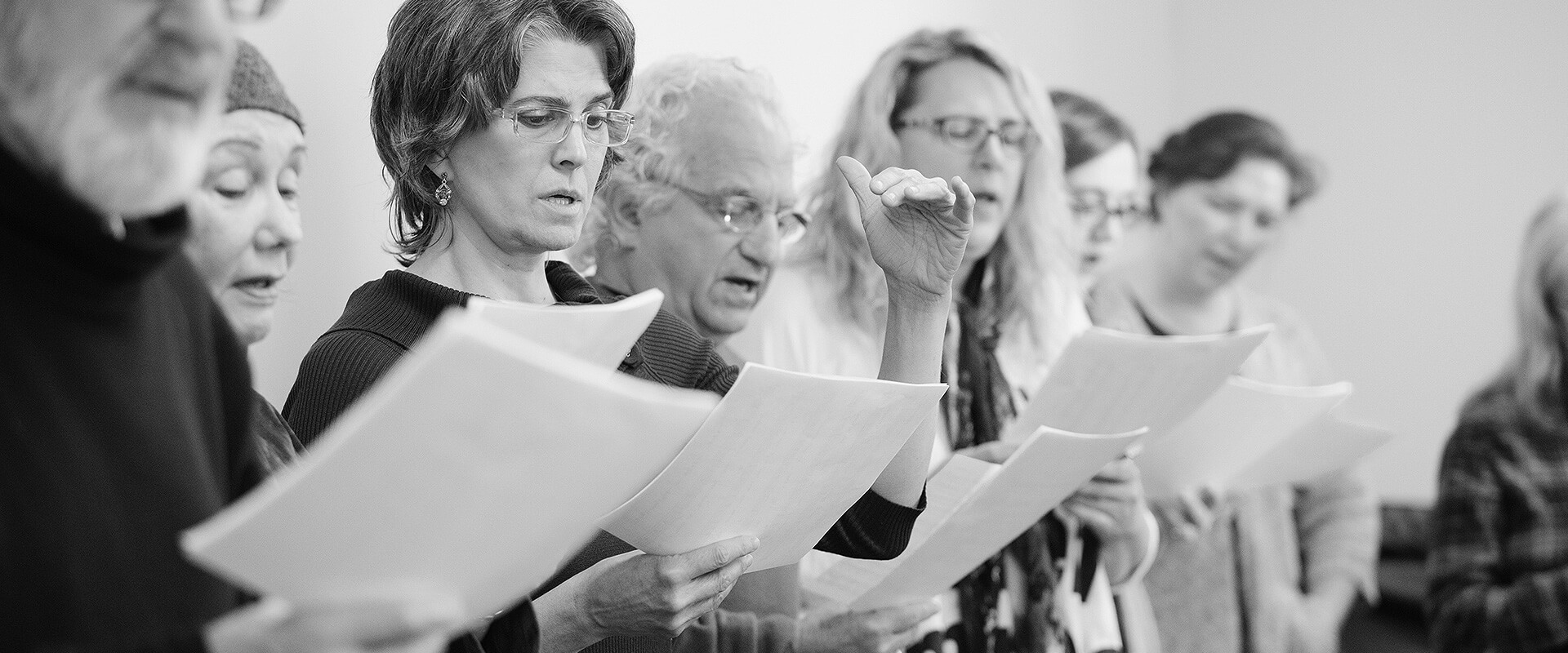Tongue

There are eight muscles of the human tongue, which are classified as either intrinsic or extrinsic. The four intrinsic muscles act to change the shape of the tongue, and are not attached to any bone. The four extrinsic muscles act to change the position the tongue, and are anchored to bone. The average length of the human tongue from the oropharynx to the tip is 10 cm or 4 inches. Most people think of their tongue as the tip which they can see. The tongue is actually a large set of muscles which is mostly hidden from view.
Tongue tension transmits tension to the larynx, and in turn, also to the soft palate. Tension of any type should be avoided as much as possible. Tongue tension is generally of three types: retracting, lowering, as well as other attempts to change its shape.
In general, the tongue should always be high in the back and low in the front (yes, even with an ‘ah’ vowel), with the tip of the tongue resting just behind the lower front teeth. It is important that the tip of the tongue touch the lower front teeth throughout your range. Retracting the tongue in the high range is a common mistake seen mostly in classical singers. Retracting the tongue causes it to encroach on the laryngeal pharynx and oral pharynx, distorting your sound. Keeping the tip against the lower front teeth ensures that both laryngeal and oropharynx remain large, soft and relaxed.
A totally relaxed tongue must be established and then minor adjustments made to achieve clear vowels. The way to relax the tongue, as well as the order to work on the vowels to achieve success are all addressed in the lessons.
For more information or to book a private lesson, please go to the contact page.
-
The diva and the emcee
-
Live video of movements during speech production (MRI at 20 ms.)
 Montreal Voice Coach
Montreal Voice Coach